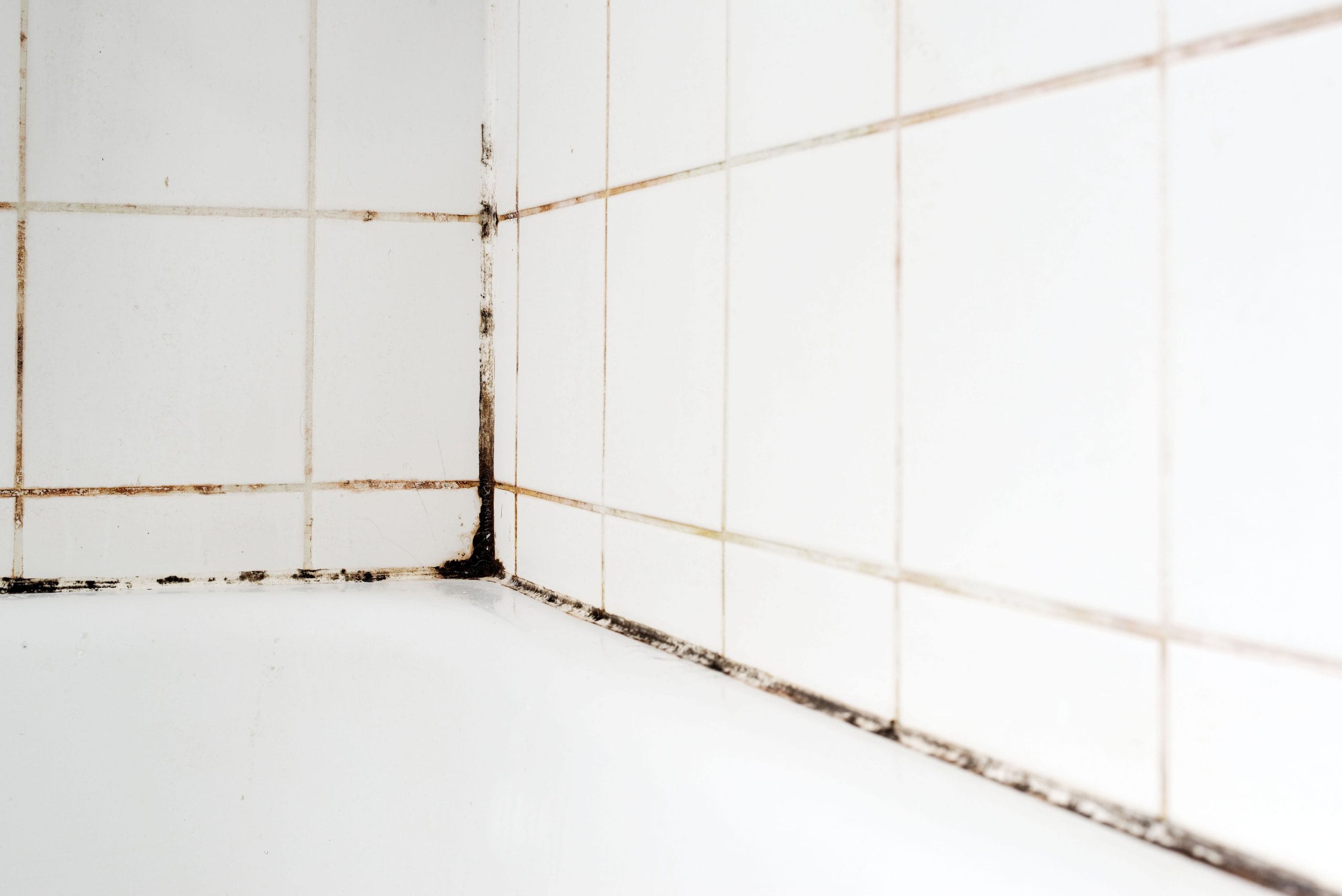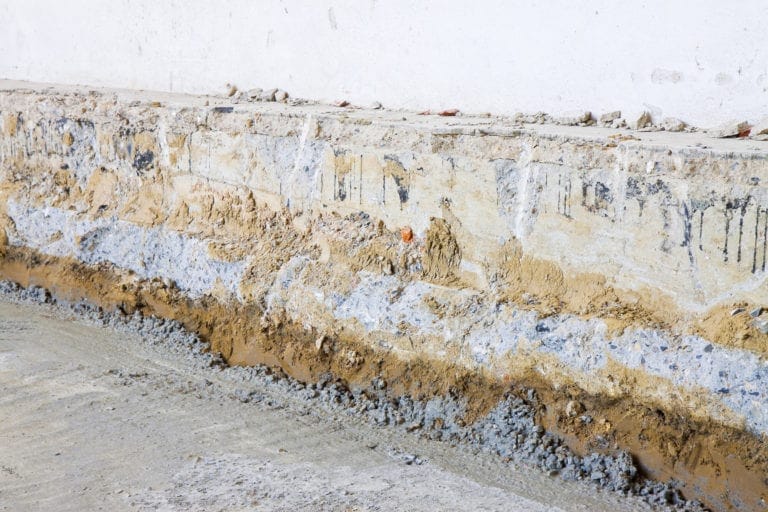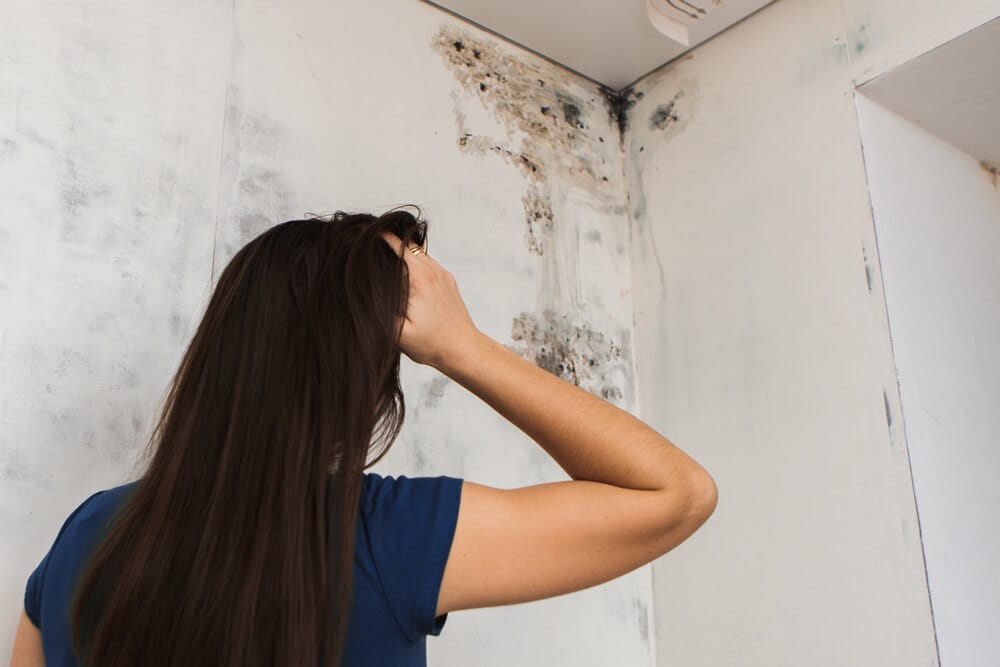Mold around the shower will affect everyone in your home. Skin, dirt, and grime, combined with a warm and humid environment, create a breeding ground for mold. The black stuff biting into the silicone of your shower is unsightly. This blog post will discuss how to remove mold in the shower AND other problem areas in the bathroom. You already know mold is dangerous, so well skip the mold 101 and get right into the prevention process.
What Youll Need To Kill Bathroom Mold
Heres what youll need to kill bathroom mold:
Cleaning Solutions
- Vinegar
- Baking Soda
- Lemon/Citric Acid
- Essential Oils/ Tea Tree, Grapefruit seed extract, Citrus seed extract
- Bleach
- Hydrogen Peroxide
- Borax
- Ammonia
Personal Protective Equipment
- Safety glasses/goggles
- Gloves/rubber, neoprene, nitrile
- N95 mask or better/ respirator with mold-rated filters
- Long sleeve clothing you dont mind ruining
Tools
- Scrub brush
- Spray bottle
- Sponge
- Dry rags
Having both porous and non-porous surfaces in the bathroom makes it necessary to have an arsenal of mold busting tools. Well also discuss how different ingredients interact with certain surfaces.
Total Cost: $5-$2500
Youre probably wondering, Why such a large price range? You can clean with tools you already have at home for small mold jobs. Simple items like a mask, rubber gloves, and a strong cleaning solution. You can remove mold with paper towels, a toothbrush for grout, a sponge, or dry rags. The opposite end of the spectrum includes large mold jobs (usually due to neglect and vacant properties).
How To Protect Yourself
Dont underestimate mold. If you’re going to DIY, youll need a couple of items to protect your eyes, skin, and lungs.
For your protection:
- Safety Goggles
- Rubber Gloves
- N95 Mask
Health Warning: Ask a professional to remediate any mold over 10 square feet. The larger the area of contamination, the greater the chance of harmful exposure. Safety first!
The Best Solutions For Killing Bathroom & Shower Mold
Solution: Bleach
Best For: killing mold on the surface of nonporous surfaces like tiles and sinks.
- One part bleach to two parts water added to a spray bottle.
- Spritz the hard surface areas with this solution and let dry.
- The mold should disappear within minutes.
- Note: Wear a mask
Solution: Vinegar
Best For: With 4% acetic acid, Vinegar can kill black mold, penicillium, and chrysogenum, and is best used on nonporous surfaces. Vinegar cannot kill Aspergillus fumigatus mold.
- Add white or distilled vinegar to a spray bottle and spray the affected area.
- Let the solution sit up for up to an hour.
- Spray again and let it dry.
- Note: Bleach cleans but vinegar kills.
Solution: Baking Soda
Best For: Baking soda is non-toxic and safe for kids and pets. It kills black mold and absorbs moisture that attracts mold.
- Combine ½ cup of baking soda with just enough water to make a paste.
- Apply the paste to the affected area and let it dry.
- Use a soft bristle brush to remove the dried paste.
- Wipe clean.
Health Warning: According to the EPA, you should NEVER mix chlorine bleach solution with other cleaning solutions or detergents that contain ammonia because toxic fumes could be produced.
Learn More About Mold Killers Here: What Kills Mold? The Top 10 Mold Killers
How To Remove Mold From Bathroom Ceilings
Heres how to remove mold from painted drywall ceilings:
- A solution of bleach and water can be used at a ratio of 10 parts bleach to 20 parts water.
- Add one part of dish soap to help the bleach solution stick to the ceiling.
- Apply the solution to the affected area and let it dry.
- Check for any sign of the stain and repeat if necessary.
- Don’t over-saturate the ceiling. If you can see the stain, the mold isnt gone.
Heres how to remove mold from tile ceilings:
- Mix one cup of bleach with a gallon of water.
- You can sponge this on or spray it on.
- Let it rest for 15 minutes.
- Use a soft bristle brush to scrub the grout lines.
- Repeat the process if necessary.
When working with bleach overhead, make sure you cover your skin, protect your eye and wear a mask. Also, wearing old clothing, you dont mind throwing out might be a good idea.
How To Remove Mold From Bathroom Tile
For removing mold from tile surfaces, bleach is a good call. The mixture is one part bleach to two parts water.
- Use a spray bottle to coat the affected areas
- Allow it to dry.
- Apply another coat.
- If necessary, use a soft bristle brush to scrub the grout areas.
- Rinse and repeat until the mold is gone.
How To Remove Mold From Bathroom Walls
Add a solution of one part bleach to three parts water to a spray bottle.
- Spray the affected area with the solution.
- Open a window to ventilate the area because this will put off fumes.
- Allow the bleach to soak for a few minutes.
- Scrub the area clean with a brush.
- Repeat the process if there is still some discoloration.
Optional Step: Spray the area with straight vinegar for another layer of protection.
Bleach is a great surface cleaner for mold, but it wont get deep into porous materials to kill the root of the mold. That’s where the vinegar comes in. Vinegar is a mold killer. Spray it on and let it dry.
How To Remove Mold From Exhaust Fan Vents
You can use a bleach solution to clean the plastic or metal covet over the fan.
- Drop the vent cover down or remove it altogether.
- Depending on the level of dust and particles inside, vacuum it out.
- A vacuum with a HEPA filter is highly recommended if this is the case.
Note: Surface cleaning the exhaust fan vent and removing the dust inside is about as deep as you can go without removing the motor. If the level of mold reaches the actual duct system, you may need to bring in professional help to clean the ductwork.
How To Remove Mold From The Toilet
A bleach solution is perfect for non-porous surfaces such as toilets. Use a brush on the inside to scrub away any stains, and a sponge or rag around the exterior can take care of any surface mold.
Maintenance Tip: A cup of bleach to the tank once a week is a good follow-up.
If the inside of the tank is moldy, another solution for getting rid of mold in a toilet is to use vinegar and baking soda.
- Add a cup of vinegar to the water.
- Sprinkle the baking soda inside the bowl
- Add a cup of vinegar to the water.
- With a scrub brush, use the vinegar, water, and baking soda to scrub up under the rim.
The Five Steps To Prevent Bathroom/Shower Mold
Bathrooms have all the ingredients for rapid and continual growth. High humidity, poor ventilation, and heat. With daily and weekly preventative steps, its possible to prevent mold from becoming a severe issue.
- Ventilate Your Bathroom: Ventilation is key to the prevention of mold. You can lower moisture levels by opening a window and leaving the door open when you shower.
- Dry Towels, Bathmats, and Shower Curtains: Hanging wet towels and wet bath mats can lead to a moldy bathroom. The constant presence of moisture is what mold thrives on. You should dry towels and bathmats and throw them in the laundry regularly. Weekly cleaning of the shower curtain will keep the mold from growing there.
- Check For Leaks In Tile & Drywall: Checking for leaks can be tricky, but there are signs you can look for. Tiles will begin to lift off the wall due to moisture building up in the wallboard. Discolorations, stains, odors, and wet areas are good signs theres a leak.
- Switch On The Bathroom Fan: Its important to reduce the air’s moisture level, so running the exhaust fan for at least 20 minutes will give the fan time to ventilate your bathroom after a shower.
Note: If your fan is worn out, it might be time to replace it.
- Repeat The Anti-fungal Process Monthly: A monthly maintenance schedule can help you ensure that any mold you removed doesnt resurface. Hydrogen peroxide is a good choice for an anti-fungal.
Create a Mold-Free Bathroom, Today
Earlier in this blog post; we showed you how to know when you can clean mold yourself vs. when to call a professional.
- Ask a professional to remediate any mold over 10 square feet. The larger the area of contamination, the greater the chance of harmful exposure.
The truth is, regardless of the size, if you want someone else to clean the mold, theres only one company you should call. Spaulding Decons mold remediation specialist are familiar with the common types of mold and the specific techniques needed to get rid of them.
The mold removal team at Spaulding Decon is trained, experienced, and we work with insurance providers. We have locations all over the US, so please click here to search for the location nearest you. Our job isnt done until your bathroom is mold-free and ready for healthy habitation as normal.



